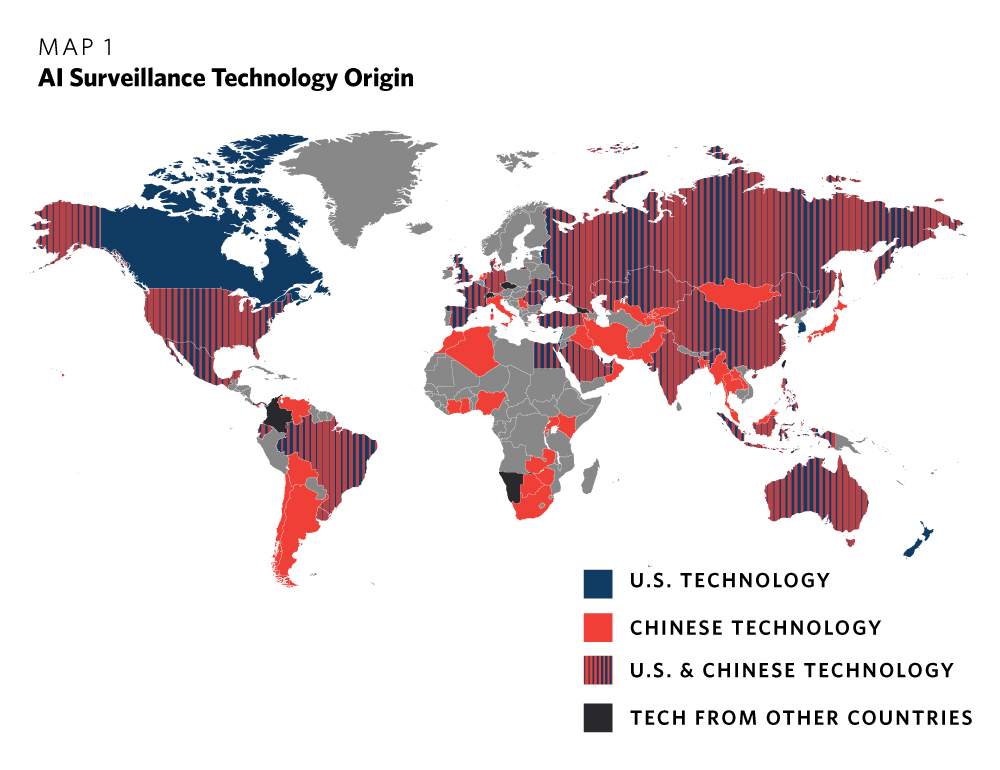
The Rise of the Lone Wolf: Army’s AI-Powered Robot Dog Takes Center Stage
The military landscape is evolving at a dizzying pace, marked by the introduction of cutting-edge technology that was once mere science fiction. The recent deployment of the ‘Lone Wolf,’ a sophisticated robot dog equipped with an AR-15/M16-pattern rifle, to the Middle East signifies a seismic shift in the way ground combat might be conducted in the future. Armed with an AI-driven rotating mount capable of detecting aerial threats, this mechanical counterpart is not just a gadget but an integral part of modern warfare strategy.
 The future of warfare: the robotic hero on the battlefield.
The future of warfare: the robotic hero on the battlefield.
A Response to Aerial Threats
In an era where drones have become ubiquitous on the battlefield, the U.S. Army’s initiative to test the Lone Wolf at the Red Sands Integrated Experimentation Center in Saudi Arabia highlights the urgency of counter-drone technologies. These exercises are part of a broader partnership with Gulf states, reflecting a commitment to bolster regional security and readiness against common threats.
What makes the Lone Wolf particularly appealing is its ability to maneuver in terrains that may be too risky or inaccessible for human soldiers. This capability not only enhances operational efficiency but also minimizes human exposure to danger. The prospect of neutralizing threats without putting lives at risk is not just a technological advance; it’s a moral imperative for military planners today.
Global Technological Competition
However, the U.S. is not alone in embracing such innovations. Countries like Russia, China, and the UK are equally investing in robotic technologies that can reshape global military dynamics. In fact, the Pentagon’s move to integrate robotic units within its ranks is an acknowledgment of the competitive nature of modern warfare, where technological superiority could determine outcomes in conflicts.
“The future of war is not just about machines; it’s about how those machines operate in conjunction with human intelligence,” said a senior defense analyst.
The Moral Dilemma
As exciting as these developments are, they aren’t without their challenges. The introduction of armed robotic systems raises ethical questions about autonomous decision-making in warfare. What happens when a machine is faced with the decision to take a life? How do we ensure accountability in the face of such powerful technology? These are the types of discussions that need to occur alongside these technological advancements.
 The blending of artificial intelligence and combat strategy.
The blending of artificial intelligence and combat strategy.
A Glimpse into the Future
The utilization of robot dogs like Lone Wolf suggests a future where technology and humanity coexist on the battlefield. The military’s testing phases will likely uncover new methods of combat and defense that could redefine strategic approaches worldwide. It’s essential to remain vigilant and proactive about the ethical implications as we advance into this new frontier.
Conclusion
In conclusion, as the U.S. Army steps forward with its Lone Wolf robot, we should prepare for the transformations to come in how wars will be fought. This technology could potentially make armies more effective, but it also invites deeper considerations about morality and responsibility in warfare. Only time will reveal the final chapter in this saga of innovation and conflict.
 Speculative visions of future combat scenarios.
Speculative visions of future combat scenarios.
As we observe these changes unfold, we must stay informed and engaged, holding our military and political leaders accountable as they navigate this uncertain terrain.
Related Links
- Read more about the Pentagon’s investments in robotics.
- Explore how China and Russia are adapting their strategies in response.














